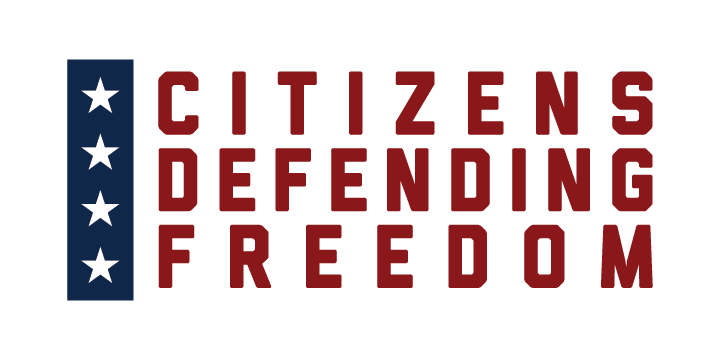Opinion Piece
This thoughtful analysis should be studied by the city commissioners, staff who recommended impact fees and spending and citizens who seek transparency.
Some general definitions below to help explain things:
This is the definition of an impact fee: An impact fee is a one-time capital charge imposed on developers by municipalities to help fund the capital cost of the additional public services, infrastructure, or transportation facilities necessitated by, and attributable to, new development.
Rational nexus test: This means that impact fees must have a reasonable connection (rational nexus) between: 1. The proposed new development and the need for additional capital facilities; and, 2. The expenditure of funds and the benefits accruing to the proposed new development.
Applicable Florida Statutes
163.31801 Impact fees; short title; intent; minimum requirements; audits; challenges.
163.31801 4 (f) Ensure that the impact fee is proportional and reasonably connected to, or has a rational nexus with, the need for additional capital facilities and the increased impact generated by the new residential or commercial construction.
163.31801 (i) Ensure that revenues generated by the impact fee are not used, in whole or in part, to pay existing debt or for previously approved projects unless the expenditure is reasonably connected to, or has a rational nexus with, the increased impact generated by the new residential or nonresidential construction. See below
This is an opinion from very informed long time resident:
When impact fees are estimated by the City, the amounts should be based on a capital improvement plan that mitigates the impact on facilities by new growth. From a park and recreation standpoint, mitigation is in the form of new or expanded parks to offset the increased demand from new development. For example, it is logical that new development can have an impact on baseball fields, soccer fields, pickleball courts, and tennis courts. The impact fee would then be based on how much it costs to build these new specific facilities. The fee is also modified whenever these impacts were not estimated correctly. For example, if the capacity of pickleball courts was being exhausted faster than baseball fields, the fee would be modified to build more pickleball courts and fewer baseball fields. The cost to build each of these is dramatically different and the fees should be adjusted accordingly.
The City of Fernandina Beach collects Park and Recreation impact fees at an absorbent rate and has for many years. The fee schedule is $2.885 for every conditioned square foot of home. A 2,000 SF new home pays a $5,700 recreation impact fee. The City stockpiles these fees then creates a plan in which to spend them. This is the exact opposite way in which to apply the rational nexus test. You don’t collect the money and then find a way to spend it. You are supposed to make sure the money is collected and spent for projects that have been adversely impacted by growth.
Per Commissioner Ross, the City is now spending recreation impact fee money on the Downtown Waterfront Park. The City is spending this with absolutely no knowledge whether this park is needed to offset the impacts from new residential development. One could argue that passive park land is present all over the City (Fort Clinch, Main Beach, Simmons Road park, etc.) and new growth has not diminished the level of service to existing residents. Simmons Road Park was entirely funded by impact fees…surely this was enough of an impact to mitigate impacts from new residential development. The City doesn’t know this answer because they don’t keep track of level of service for parks…they just spend money until it’s gone.
The next project that the City will try to spend recreation impact fees on will be the Bailey Road soccer/softball fields. They will wipe out some existing fields and build new fields to replace these. How does eliminating fields, then rebuilding the same or lesser number of fields with impact fees, add capacity? Impact fees are supposed to add capacity based on the impact from new growth…not rebuild existing fields.
If the City wants to lower their maintenance costs for parks, they should stop collecting recreation impact fees and stop building new parks that don’t meet the rational nexus test. The City is in such a hurry to spend impact fee money, they are forgetting that taxes will go up to pay for this long term maintenance of new parks. Also, if they have over collected impact fees based on bad estimates, they should proportionally give the money back to those that were overcharged.
Spend the impact fee money on things we know we need…new pickleball courts, new tennis courts, maybe a new active park that people of all ages can use, instead of just pétanque courts that only a limited demographic use…
For Florida Statute 163.31801 (i) from above and the use of impact fees to pay existing debt. The City collects $959 and $2,321 for water and sewer impact fees, respectively. Are we paying off debt with this impact fee money? (I say “WE” because this is our public money.)
Concerned Fernandina Beach Resident
We need full transparency of impact fees and a strong effort to set them to the need. I almost said “reduce” them but that would suggest that the current rates should be a benchmark. Start from scratch, make a determination of need, and set the rates. Only spend on approved projects. If you are stretching to spend the impact fees on “inappropriate out-of-statute” items as previous city commissions have done, then we are right back where we started.
